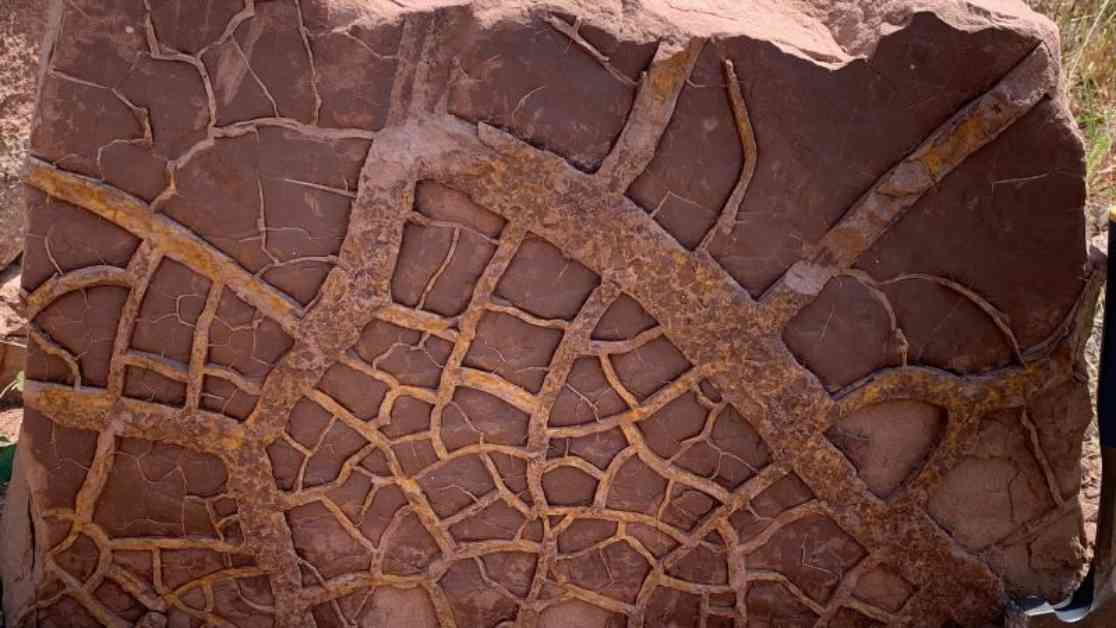A catastrophic event changed the planet 252 million years ago, resulting in the extinction of over 90% of all life. This event, known as the Great Dying, marked the end of the Permian geological period and is considered the most severe of the five global catastrophic events in Earth’s history, surpassing even the asteroid impact that wiped out the dinosaurs.
The prevailing explanation for this mass extinction has been linked to the release of carbon dioxide from volcanic activity in the Siberian Traps region. The vast emissions from this area, which was as large as Australia, led to a rapid warming of the planet, causing acid rain, higher temperatures, and ocean acidification.
New research published in the journal Science suggests that a mega El Niño event, more intense and prolonged than modern-day El Niños, may have played a crucial role in exacerbating the extinction crisis. The study, conducted by researchers from the University of Leeds and the University of Bristol, indicates that these intense climate events caused drastic shifts in weather patterns, leading to alternating periods of flooding and drought over a span of approximately 100,000 years.
While volcanic activity was a significant factor in the mass extinction, the study suggests that the feedback mechanism between volcanism and ocean dynamics, which intensified El Niño effects, played a critical role in the catastrophic event. The prolonged and severe El Niño episodes also help explain why extinctions began on land before affecting oceanic species.
The warm conditions caused by mega El Niños in the tropics led to the rapid spread of high temperatures to higher latitudes, resulting in the loss of vegetation and its ability to sequester carbon dioxide from the atmosphere. These extreme conditions contributed to the devastating impact on plant and animal species during the end-Permian extinction.
The study’s findings were based on a sophisticated climate model that utilized detailed temperature data from fossilized conodonts, tiny eel-like creatures that were prevalent in the ocean during that period. By analyzing these fossils, researchers were able to reconstruct past temperature changes and understand the climatic conditions that prevailed during the mass extinction event.
The research provides valuable insights into how complex climate-environmental dynamics can have far-reaching ecological consequences. It also serves as a cautionary tale in the face of the current climate crisis and the ongoing biodiversity loss, with some researchers drawing parallels between the end-Permian extinction and the current mass extinction event.
While modern El Niño events are known to impact coral reefs and marine life, the ecological implications of future El Niño events in a warming climate remain uncertain. The study underscores the importance of understanding past climatic upheavals to better comprehend and address the challenges posed by the changing climate today.
Looking back at Earth’s history 252 million years ago, researchers emphasize the unique geological and environmental conditions that made the planet exceptionally vulnerable to catastrophic events like the end-Permian extinction. The study sheds light on the interconnectedness of climatic and environmental factors and the profound impact they can have on global ecosystems and biodiversity.












